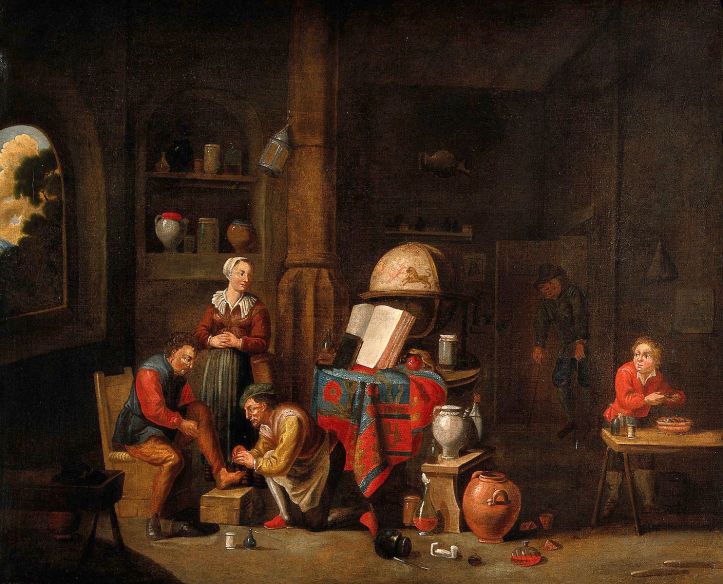 A surgeon treating an injury to a man’s foot. c 1660’s Wikimedia Commons
A surgeon treating an injury to a man’s foot. c 1660’s Wikimedia Commons
“Injury in general teaches you to appreciate every moment. I’ve had my share of injuries throughout my career. It’s humbling. It gives you perspective. No matter how many times I’ve been hurt, I’ve learned from that injury and come back even more humble.”
Troy Polamalu
- From a personal perspective…
I have realised that, unconsciously, I chose to write about this subject because I have a split tendon in my foot. It is very painful, I cannot walk too well, and I am having to wear an uncomfortable ‘ball and chain’ of an orthopaedic boot.
I feel stuck, unable to go for my usual walks in town and countryside, tired through the pain, and unfit, as I cannot do my usual exercise. I know it could take weeks or months to heal.

James Paterson – Spring In Moniaive. Wikimedia Commons
I try to tell myself that it could be worse… of course it could. Sadly, there are very many people who experience much worse. Although I am very appreciative of my general good health, this feels like cold comfort during this painful time physically and emotionally.
“There’s no hierarchy of pain. Suffering shouldn’t be ranked, because pain is not a contest.”
Lori Gottlieb
We cannot compare pain. Pain is not competitive, there are no league tables ranking our suffering; in any case, we can never know exactly how another person feels, how bad is their experience.
Comparing pain is a waste of time and effort; we are all different people, experiencing and feeling things differently. Thinking that we do not suffer as badly as another, or that we have worse pain, is unreasonable. Minimising our own or another person’s pain is unhelpful, lacking in empathy for ourselves, or for the other person.
During this process of being rather static and in pain, I am, however, learning some very valuable truths. That is the paradox central to injury, physical or psychological. We can gain illumination through injury.
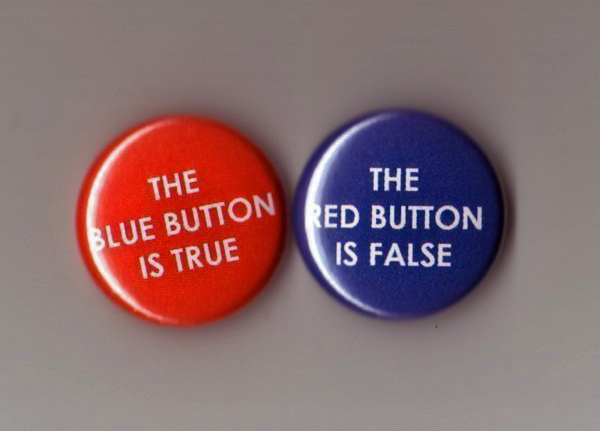
Brett Jordan. Paradox. 2008. (www.etsy.com/view_listing.php?listing_id=9622457)
“The unending paradox is that we do learn through pain.”
Madeleine L’Engle
What effects does suffering have upon us? We would not wish for such pain, for ourselves or others, but, if it comes, can there be anything in it at all that might benefit us?
 Still Life With Blue Box. Paula Modersohn Becker. Wikioo.
Still Life With Blue Box. Paula Modersohn Becker. Wikioo.
“Someone I loved once gave me a box full of darkness. It took me years to understand that this too, was a gift.”
Mary Oliver
The poet Mary Oliver discovered that, in time, out of the box of darkness came some goodness, some light. This can be in the form of new insight, learning, friendship or life experience. Such awareness of the good that may come from bad is part of a process.
This is a process of resolution, of healing, of working through our painful darknesses in life and moving into something lighter and brighter.
- ‘Deep lines cut by suffering…’

At midnight. Light of the Shambhala. 1940. Nicholas Roerich. Wikioo
‘Deep lines cut by trauma provide access to depths that are otherwise unreachable. In such instances, nourishment follows trauma to new places. We wish things could be otherwise … easier. But we have little choice when illumination shines through injury.’
Michael Eigen: Flames from the Unconscious: Trauma, Madness, and Faith
Suffering can, ultimately, lend us wisdom and awareness of deep truths about ourselves and the world.
“In a dark time, the eye begins to see.”
Theodore Roethke
A powerful example of this is the novelist Salman Rushdie, after the horrific knife attack on him in 2022, whilst onstage. When he was eventually recovered enough from his appalling multiple knife injuries and the necessary surgical treatment, he wrote another impressive and important book, Knife: Meditations After an Attempted Murder.
 Salman Rushdie, October 2023, Wikimedia Commons.
Salman Rushdie, October 2023, Wikimedia Commons.
Rushdie has said that this is the first book he has ever written whilst having psychotherapy; he could not have written it without this. He described writing the book as a way of ‘owning what had happened, taking charge of it…’, an endeavour to ‘answer violence with art.’ (Vulture book review, New York,16/4/24)
Out of such dreadful injury, there emerged insight and healing through Rushdie’s own brilliant writing. This way of facing and confronting his attacker, whom he calls ‘The A,’ was painful yet therapeutic. He goes on to describe him further: “my would-be Assassin, the Asinine Man who made Assumptions about me…I have found myself thinking of him as an Ass.’ (Knife)
Rushdie’s visit, with his wife, to the place where he was stabbed, scarred, had his eye destroyed and nearly died, helped him ‘face up to the unbearable knowledge, common to all human beings, that it would never be yesterday again.’ The visit helped him gain some ‘peace with what had happened, making my peace with my life.’ (ibid)
 Spirit-form transformation – Giacomo Balla. 1918. Wikioo
Spirit-form transformation – Giacomo Balla. 1918. Wikioo
“Beautiful are those whose brokenness gives birth to transformation and wisdom.”
John Mark Green
Such dreadful injuries, whilst certainly not in any way desirable, have nevertheless brought him some insights, which he shares in his book. The human spirit, the urge to live, survive, and be creative in some way, is most often there still, despite the trauma.
“You think your pain and your heartbreak are unprecedented in the history of the world, but then you read. It was books that taught me that the things that tormented me most were the very things that connected me with all the people who were alive, who had ever been alive.”
James Baldwin
Many visual artists have also discovered this…
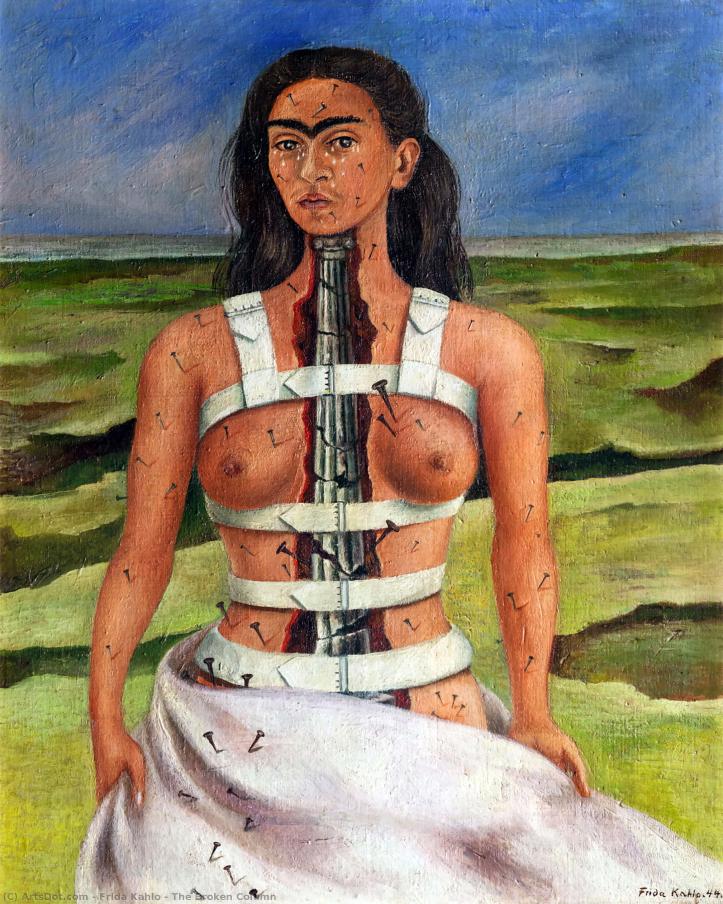 The Broken Column – Frida Kahlo 1944 Wikioo
The Broken Column – Frida Kahlo 1944 Wikioo
“My painting carries with it the message of pain.”
Frida Kahlo
“At the end of the day, we can endure much more than we think we can.”
Frida Kahlo
 The garden at the asylum at Saint-Rémy. 1889. Vincent Van Gogh. Wikioo
The garden at the asylum at Saint-Rémy. 1889. Vincent Van Gogh. Wikioo
“Art is to console those who are broken by life.”
Vincent van Gogh
“The more ugly, old, nasty, ill, and poor I become the more I want to get my own back by producing vibrant, well-arranged, radiant colour.”
Vincent Van Gogh
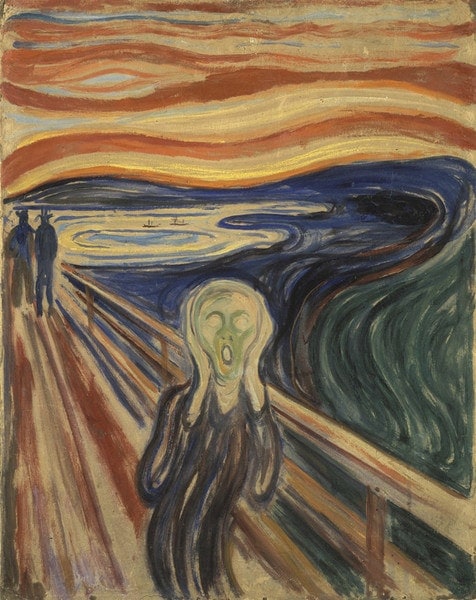
Edvard Munch, The Scream, 1910. Wikioo
“For as long as I can remember I have suffered from a deep feeling of anxiety which I have tried to express in my art.”
Edvard Munch
“Without pain, there would be no suffering, without suffering we would never learn from our mistakes. To make it right, pain and suffering is the key to all windows, without it, there is no way of life.”
Edvard Munch
Creativity can have a transformative and healing effect on us; it can also be a distraction from pain, a way of communicating and externalising our suffering and a process which may also help others. It also can transform our pain into something wonderfully insightful, expressive and enlightening.
Inevitably, injury does make us aware of our mortality, the impermanence of our existence in this world. Fantasies of immortality are soon challenged during illness and pain; they bring home to us the reality of our human-ness, our frailties, acting as a kind of memento mori. At the same time, we can learn to appreciate all that we do have and the preciousness of the life that we have remaining.
The Japanese originated a process called kintsukuroi, in which they mend broken pots with gold.
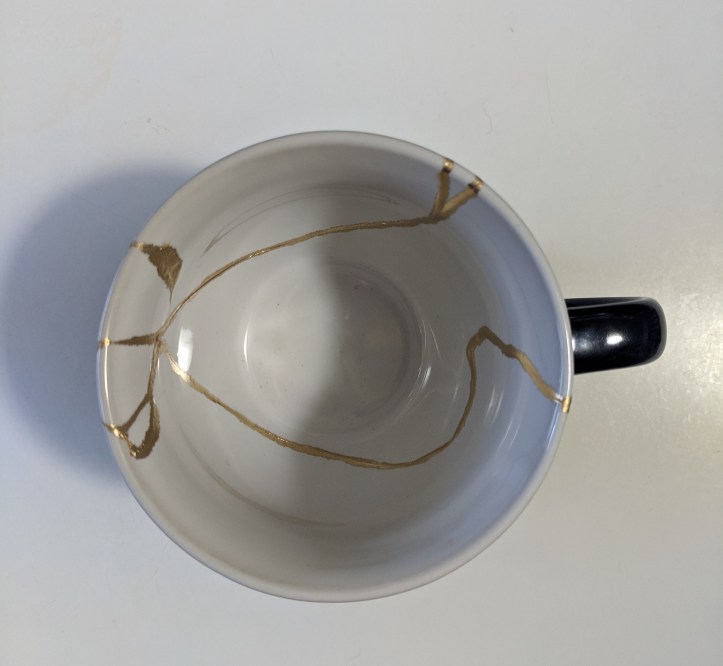 Steenaire. Kintsugi Project. 2019. Flickr.
Steenaire. Kintsugi Project. 2019. Flickr.
“We too can repair our cracks with gold
And glow again.
Crazed by life,
More beautiful than ever before.”Scott Hastie
The repaired piece is changed by the breaking and the recovery; different, but still beautiful. Maybe it will be more valuable, as there is evidence of a past, of its history. Something precious has been added. There is also a powerful visual indicator of the pot’s innate resilience, reflecting our own resilience after injury and ‘repair.’
- Gaining increased empathy
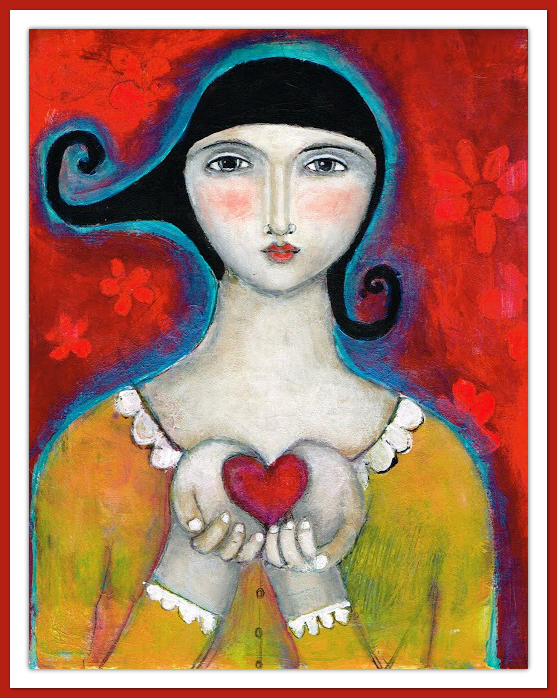
Judite B. True Stories – Chase’s Journey.Flickr.
“May we always be burdened with thinking of the suffering of others, for that is what it means to be human.”
Kamand Kojouri
People who have experienced suffering may develop increased empathy for others, sharing their load and understanding more deeply the vicissitudes of the human condition.
There is an evidential base for this statement; research studies such as Elevated empathy in adults following childhood trauma [by David M. Greenberg, Simon Baron-Cohen, Nora Rosenberg, Peter Fonagy, and Peter J. Rentfrow, 2018] have shown that those who have undergone a traumatic childhood show an increased amount of empathy to others. The researchers conclude that:
“The present studies show that as a result of the traumatic experience, people are able to better understand the emotional and mental states of others. This interesting finding adds to emerging theory and research that shows that adversity can lead to post-traumatic growth.”
- Where the light gets in…
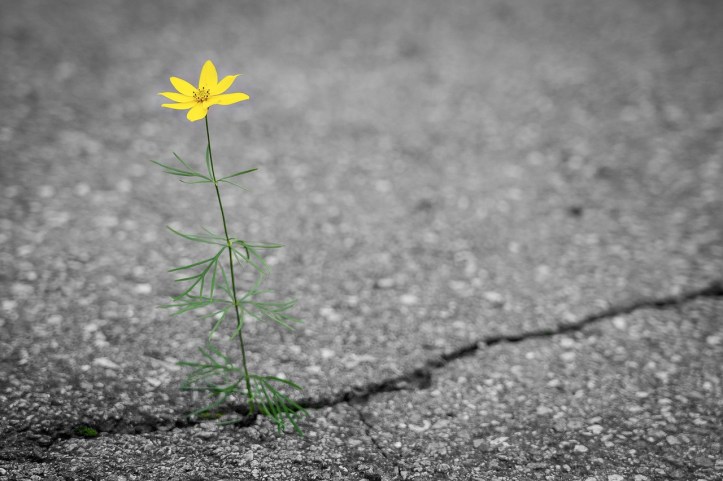
“Ring the bells that still can ring
Forget your perfect offering
There is a crack, a crack in everything
That’s how the light gets in.”
Leonard Cohen
 The Opening – Barnaby Furnas.2011. Wikioo
The Opening – Barnaby Furnas.2011. Wikioo
“Our wounds are often the openings into the best and most beautiful part of us.”
David Richo
These quotations give hope to those who have experienced intense injury and trauma in their lives. What do they mean?
The words express a great truth…. that the parts of us that are injured in some way can develop into areas of learning, of humility, of empathy and understanding. We will certainly discover inner strength of which we were previously unaware.
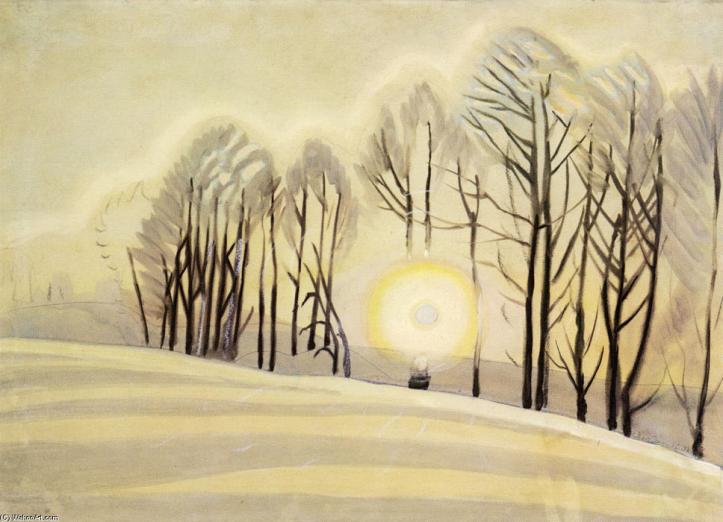 Winter Sun – Charles Ephraim Burchfield. Wikioo
Winter Sun – Charles Ephraim Burchfield. Wikioo
“In the midst of winter, I found there was, within me, an invincible summer. And that makes me happy. For it says that no matter how hard the world pushes against me, within me, there’s something stronger – something better, pushing right back.”
Camus.
© Linda Berman
